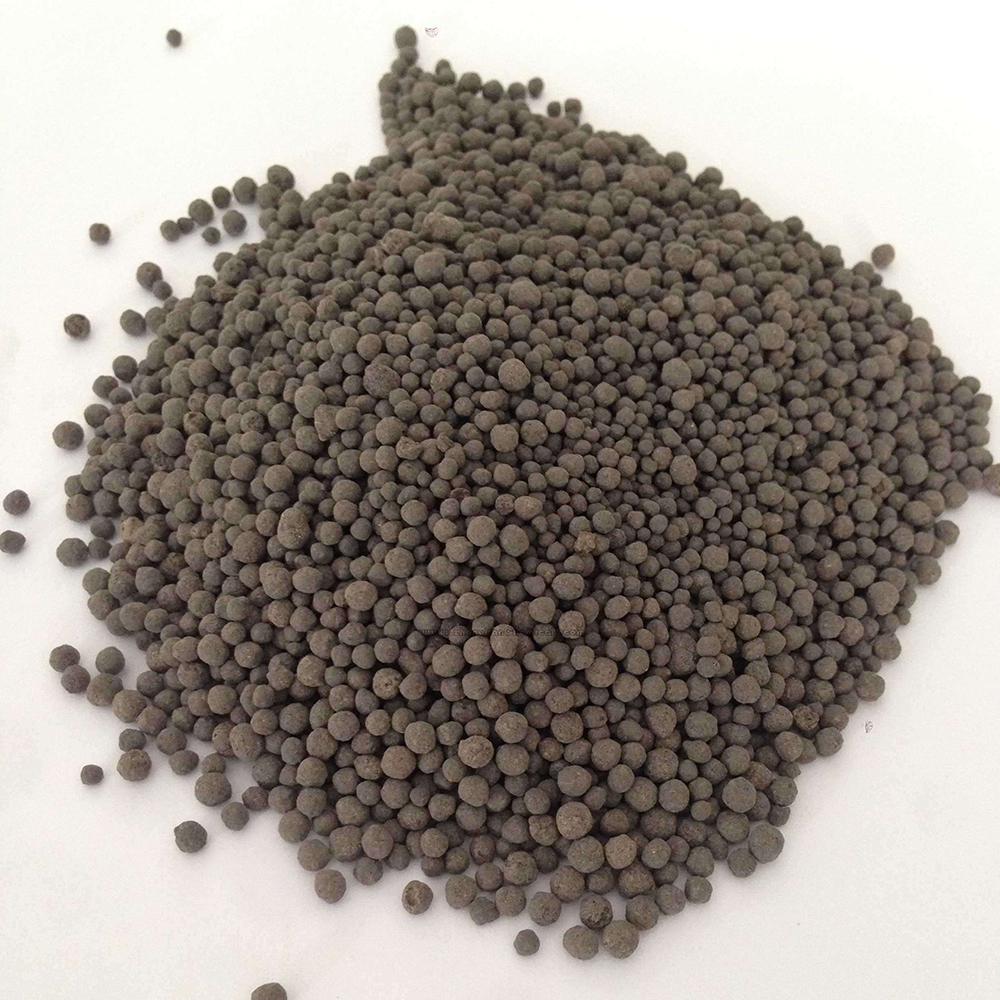



what is the chemical used for coagulation in water purification
Coagulation is a crucial process in water purification, primarily used to remove suspended particles and impurities from water. This process involves the addition of chemicals that facilitate the aggregation of particles, allowing them to settle out of the water or be removed through filtration. Among the various chemicals used for coagulation, aluminum sulfate (commonly referred to as alum) and ferric chloride are the most widely utilized.
Alum, a chemical compound consisting of aluminum, sulfur, and oxygen, has been a traditional coagulant used in water treatment for many years. When alum is added to water, it dissociates to release aluminum ions. These ions react with the negatively charged particles present in the water, neutralizing their charge. As a result, the particles begin to clump together, forming larger aggregates known as flocs. The formation of flocs is essential as it enhances the efficiency of subsequent sedimentation and filtration processes, ultimately leading to clearer and cleaner water.
Ferric chloride is another effective coagulant that is often used as an alternative to alum. This chemical is particularly effective in removing organic matter and color from water, making it an ideal choice in many treatment facilities. Similar to alum, ferric chloride releases iron ions when dissolved in water. These iron ions also neutralize the charges on suspended particles, promoting floc formation. Additionally, ferric chloride can help in the precipitation of phosphates, further improving water quality.
what is the chemical used for coagulation in water purification

The choice between alum and ferric chloride can depend on various factors, including the specific characteristics of the water being treated, cost considerations, and regulatory requirements. For instance, ferric chloride can be more effective in certain situations but may also lead to the generation of more sludge, which requires proper handling and disposal. On the other hand, the use of alum necessitates careful monitoring of pH levels, as it can affect the overall acidity of the water.
In conclusion, coagulation is a fundamental step in the water purification process, and the selection of the appropriate coagulant is vital for achieving optimal results. Chemicals like aluminum sulfate and ferric chloride play a significant role in transforming untreated water into a safe and clean resource. As the demand for clean water continues to rise due to population growth and environmental concerns, advancements in coagulation technologies and methods will remain a key focus in the ongoing efforts to provide safe drinking water worldwide.
-
Why Sodium Persulfate Is Everywhere NowNewsJul.07,2025
-
Why Polyacrylamide Is in High DemandNewsJul.07,2025
-
Understanding Paint Chemicals and Their ApplicationsNewsJul.07,2025
-
Smart Use Of Mining ChemicalsNewsJul.07,2025
-
Practical Uses of Potassium MonopersulfateNewsJul.07,2025
-
Agrochemicals In Real FarmingNewsJul.07,2025
-
Sodium Chlorite Hot UsesNewsJul.01,2025










